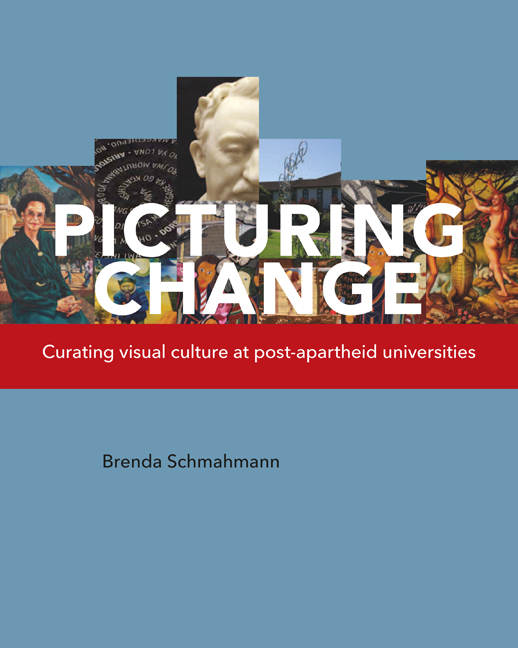Summary
In 1996, the Films and Publications Act came into force. Its purpose was to
regulate the distribution of certain publications and the exhibition and distribution of certain films, in the main by means of classification, the imposition of age restrictions and the giving of consumer advice, due regard being had to the fundamental rights enshrined in the Constitution of the Republic.
Its intention was not to infringe on the creative arts, however. As Kobus van Rooyen, chair of the task group that drafted the new legislation, explained at a conference on issues of censorship held in August 1995:
The Task Group came to the conclusion that there is no compelling and substantial Government interest in denying absolute protection to art and science in so far as adults are concerned. Artistic expression is, like political speech, central to the cultural and political vitality of a democratic society. Although ‘art’ is an elusive concept, it is believed that once the Board, or Review Board, having heard expert evidence, is convinced that a publication or film amounts to art or literature, it should find in its favour despite its content (Van Rooyen 1995).
Observing that prohibitions would be ‘limited to certain matters, including child pornography, explicit mixture of sex and violence, explicit sexual bestiality, the explicit infliction of extreme violence or cruelty and religiously aggressive material’, Van Rooyen (1995) also observed that these ‘are anyway exempted in the case of bona fide artistic, religious or literary works or bona fide opinion on religion, which fall outside the ambit of the Act’.
Despite this emphasis on complete freedom of expression for the creative arts, some South African artworks made after the demise of apartheid have, in fact, been restricted or suppressed to a greater or lesser degree. Under apartheid, visual imagery was subject to the Publications Act of 1974, which could deem an image ‘undesirable’ if it was ‘indecent or offensive or harmful to public morals’ or ‘blasphemous’ or ‘prejudicial to the safety of the state’. In the contemporary context, those advocating restrictions on images are usually motivated by a tension in the South African constitution's Bill of Rights. Ensuring ‘freedom of artistic creativity’, the Bill of Rights nevertheless indicates that this does not extend to ‘advocacy of hatred that is based on race, ethnicity, gender or religion, and that constitutes incitement to cause harm’.
- Type
- Chapter
- Information
- Picturing ChangeCurating visual culture at post-apartheid universities, pp. 195 - 224Publisher: Wits University PressPrint publication year: 2013



